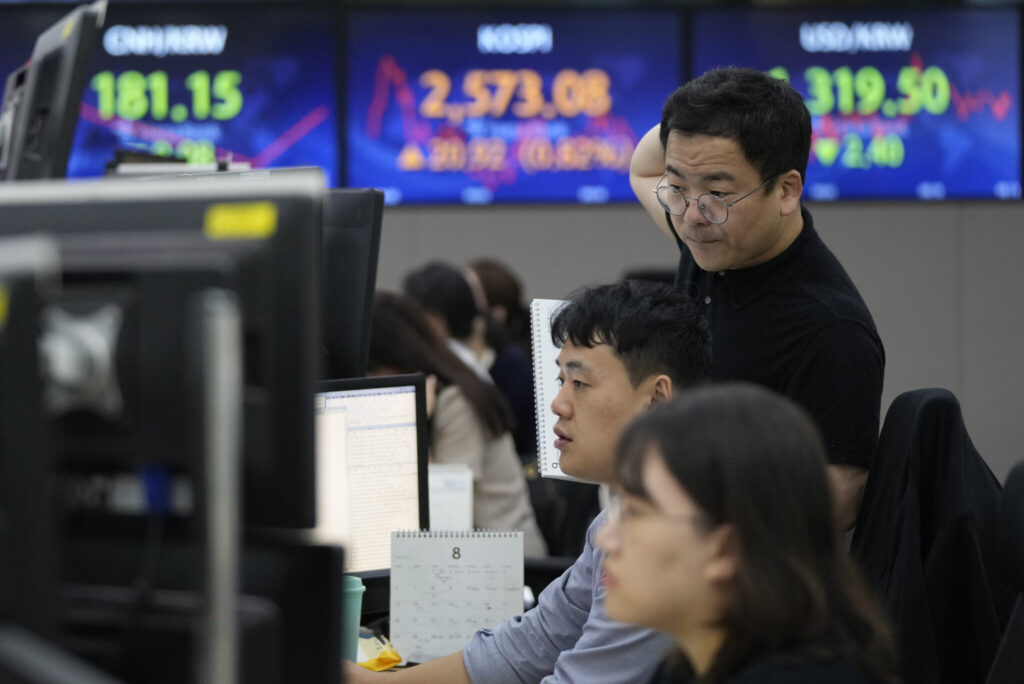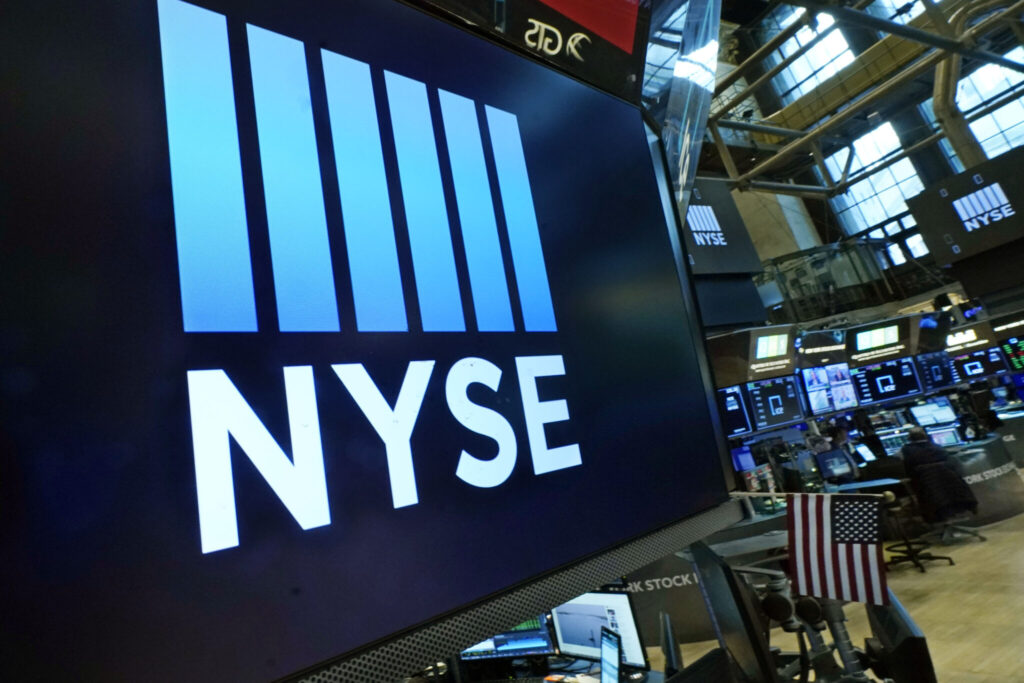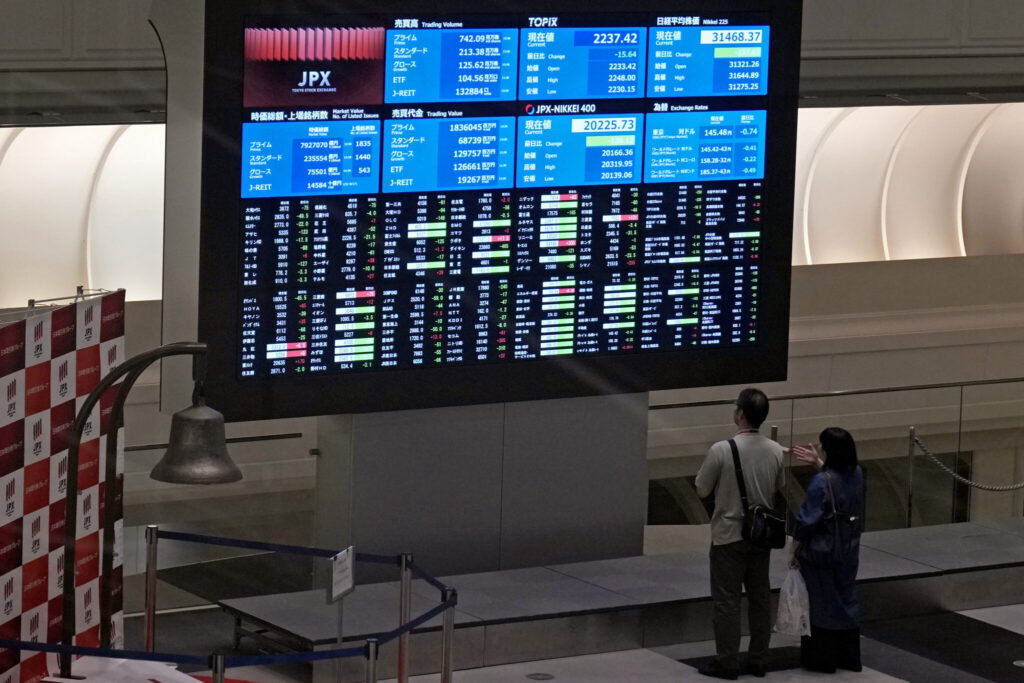Labor Day comes a bit earlier for markets this year, with Friday’s release of the critical August jobs report coming just ahead of Monday’s end-of-season U.S. holiday. Investors are praying the former doesn’t usher in The Fall. Judged by the torrent of labor market soundings we’ve seen already this week, a negative surprise from the national employment picture later on Friday seems unlikely. The Associated Press has the story:
Global shares trade mostly higher before a key US jobs data
Newslooks- TOKYO (AP)
Global shares were trading mostly higher Friday as investors looked toward a U.S. jobs report being released later in the day.
France’s CAC 40 edged up nearly 0.1% in early trading to 7,321.92, while Germany’s DAX was little changed at 15,948.02. Britain’s FTSE 100 rose 0.5% to 7,477.41. U.S. shares were set to drift higher with Dow futures up 0.3% to 34,878.00. S&P 500 futures rose 0.2% to 4,525.75.
Japan’s benchmark Nikkei 225 rose 0.3% to finish at 32,710.62. Australia’s S&P/ASX 200 slipped 0.4% to 7,278.30. South Korea’s Kospi added 0.3% to 2,563.71. The Shanghai Composite added 0.4% to 3,133.25.

Trading was halted in Hong Kong because of an approaching typhoon. Schools and businesses were shut as an official warning was issued about Super Typhoon Saola. Hundreds of flights were canceled or delayed.
Later Friday, the U.S. government will report employment data for August. The strong job market, along with consumer spending, has so far helped thwart a recession that analysts expected at some point in 2023. But they also made the Federal Reserve’s task of taming inflation more difficult by fueling wage and price increases.
Stephen Innes, managing partner at SPI Asset Management, said markets were stuck in anticipation ahead of the payrolls data.
“Interpreting the data from this week at face value, the perspective of a soft economic landing remains intact. However, notable red flags are emerging from the consumer sector, primarily due to a persistent decline in the savings rate,” he said.

Market jitters over the possibility that the Federal Reserve might have to keep interest rates higher for longer — following reports showing the U.S. economy remains remarkably resilient — led to the market’s pullback in August after what had been a banner year.
The central bank has raised its main interest rate aggressively since 2022 to the highest level since 2001. The goal has been to rein inflation back to the Fed’s target of 2%. The Fed has maintained that it is ready to keep raising interest rates if it has to, but will base its next moves on the latest economic data.
In energy trading, benchmark U.S. crude rose 24 cents to $83.87 a barrel. Brent crude, the international standard, added 21 cents to $87.04 a barrel.
In currency trading, the U.S. dollar edged down to 145.49 Japanese yen from 145.52 yen. The euro cost $1.0849, inching up from $1.0846.







